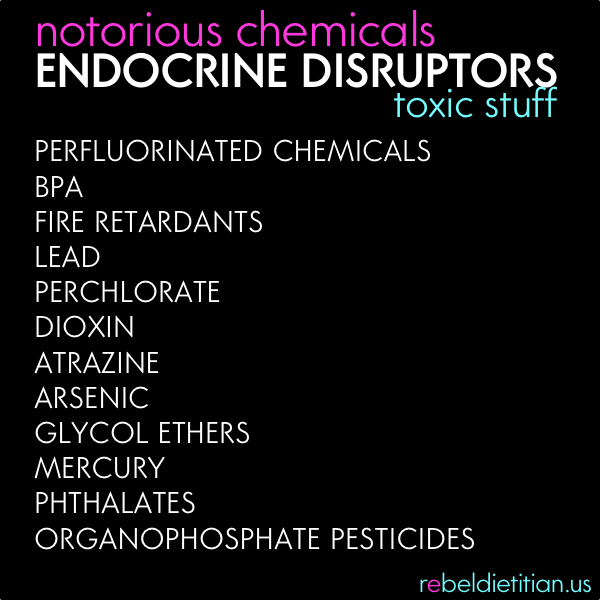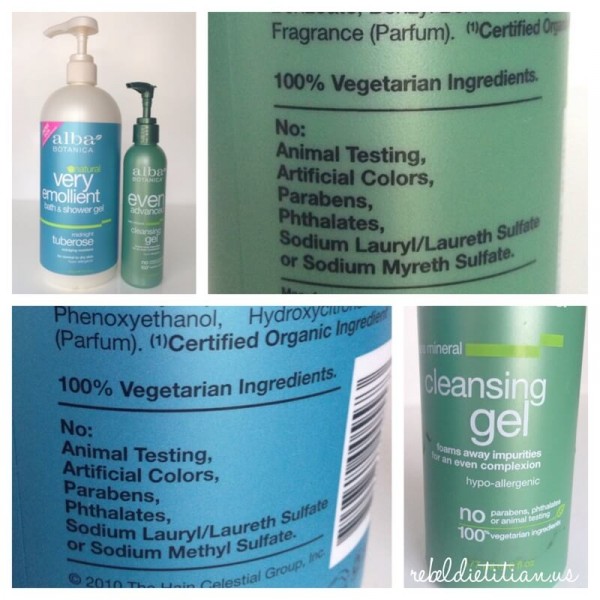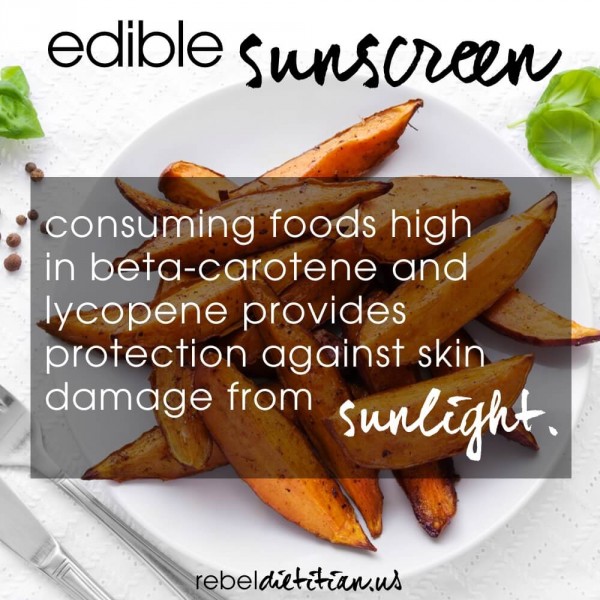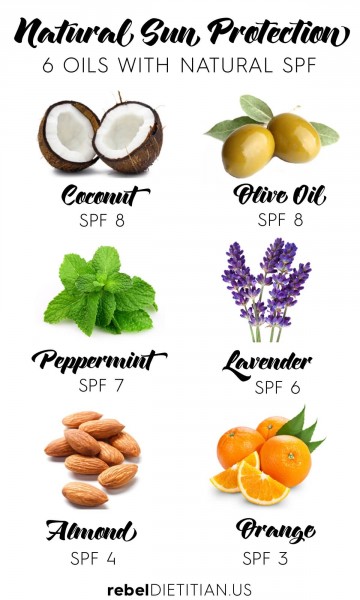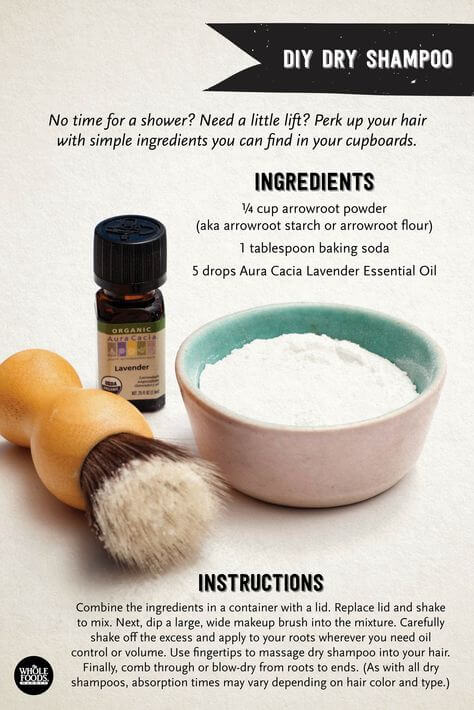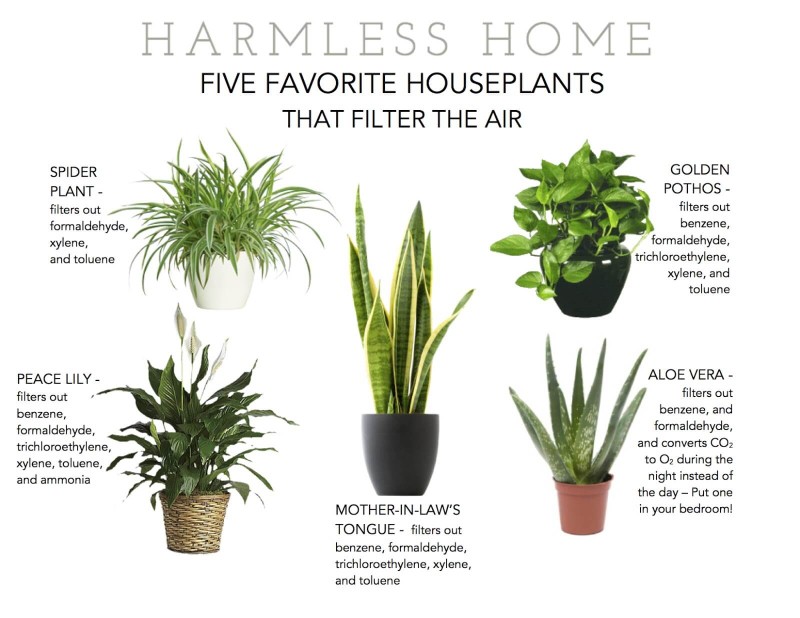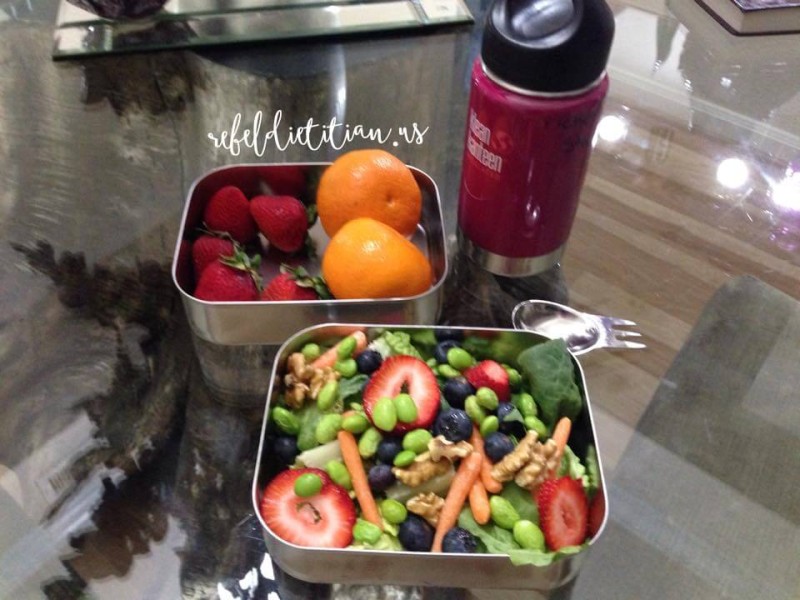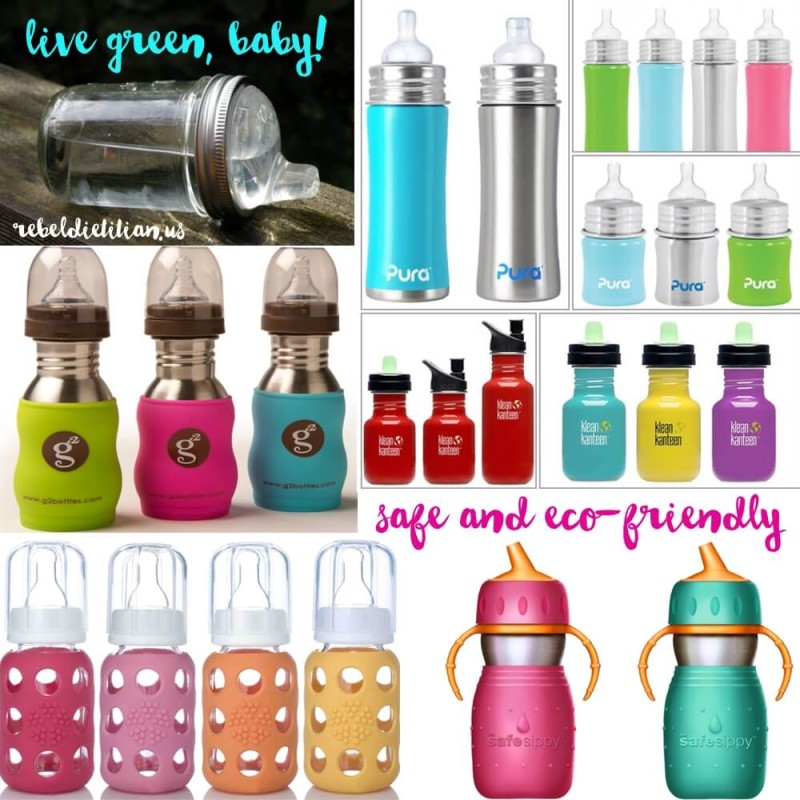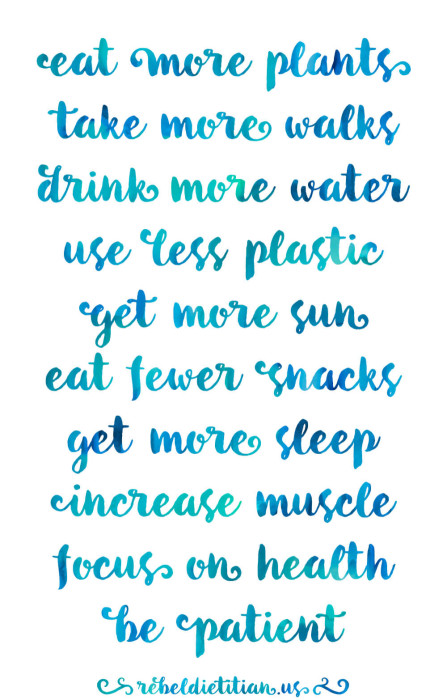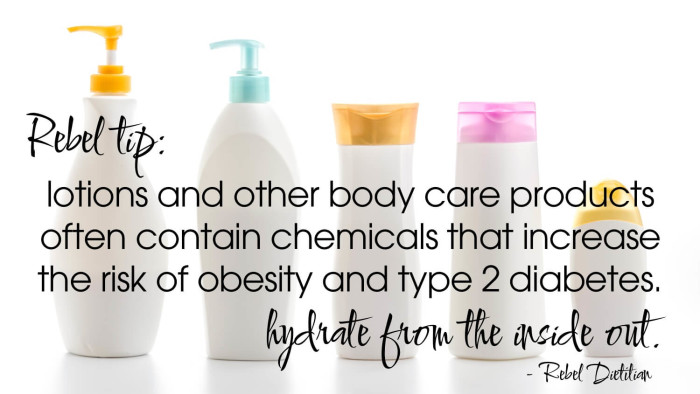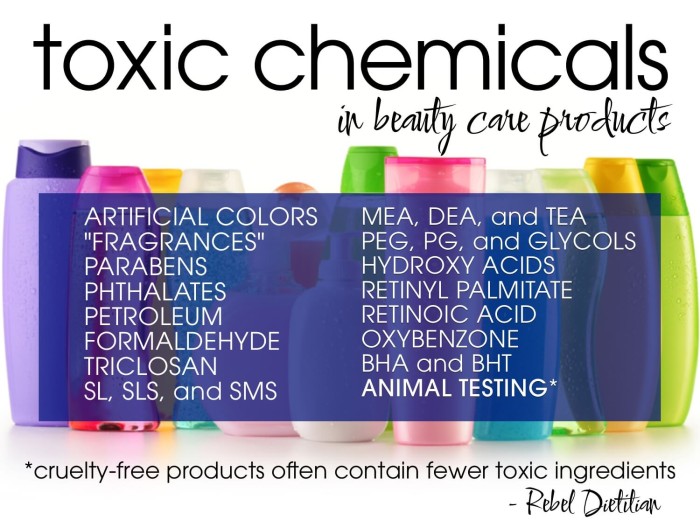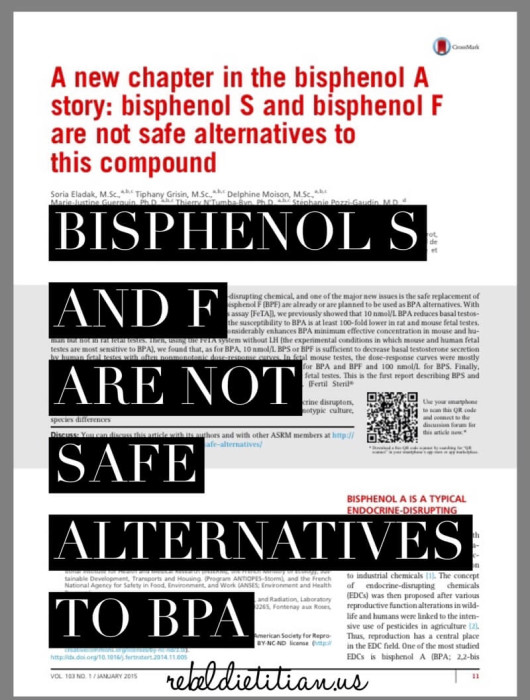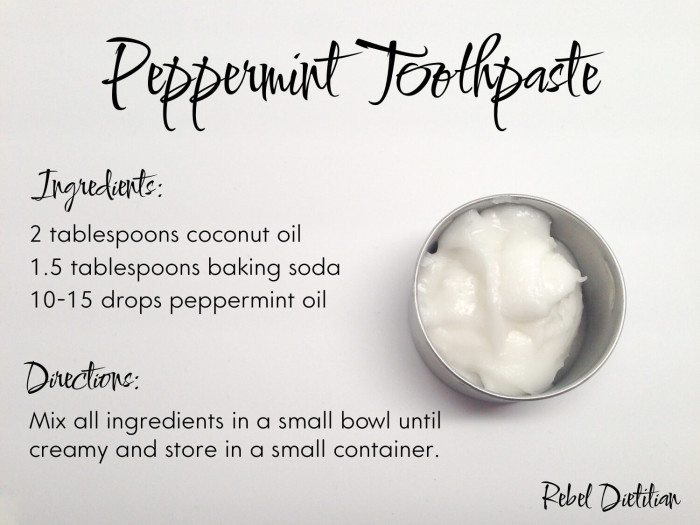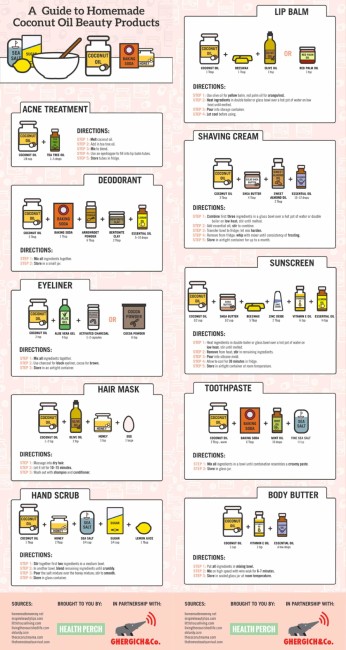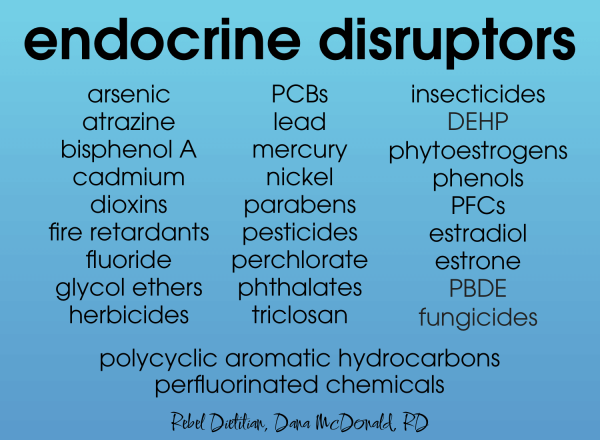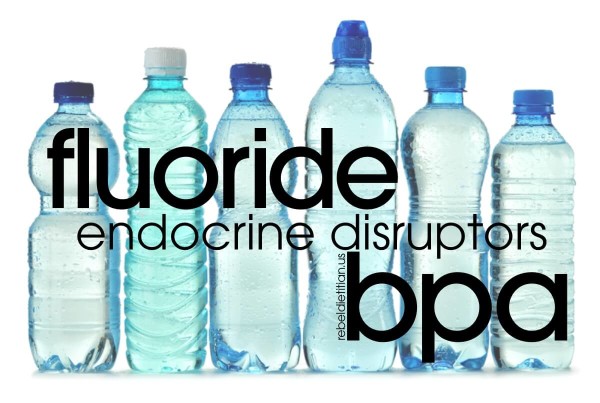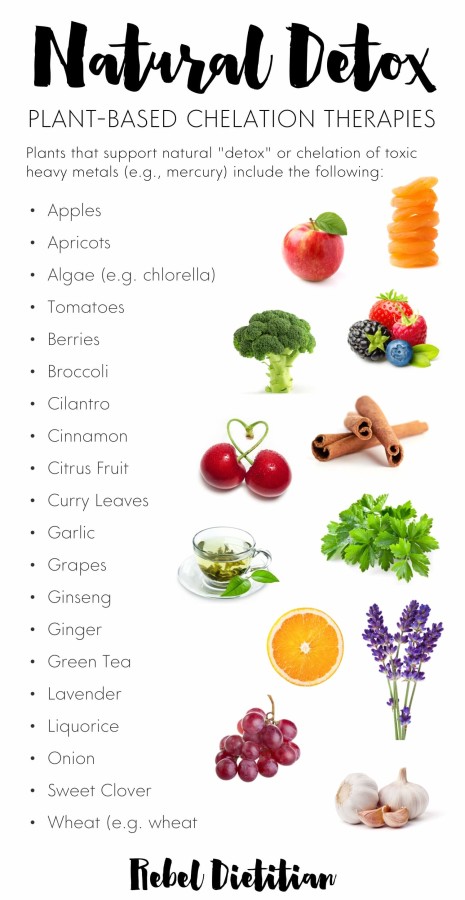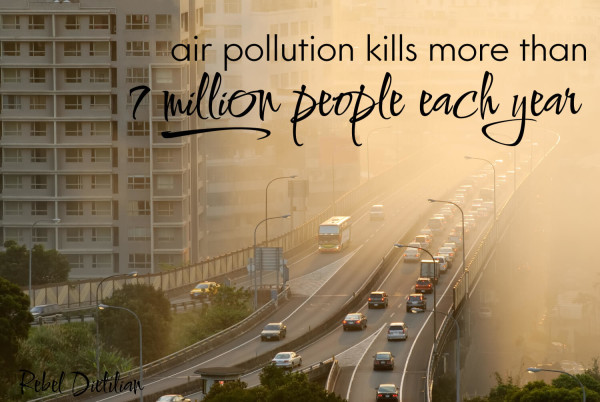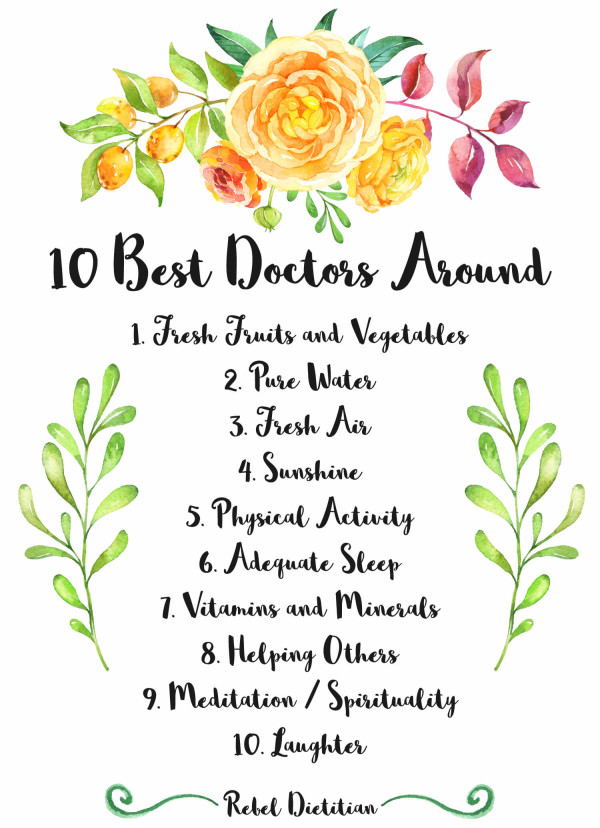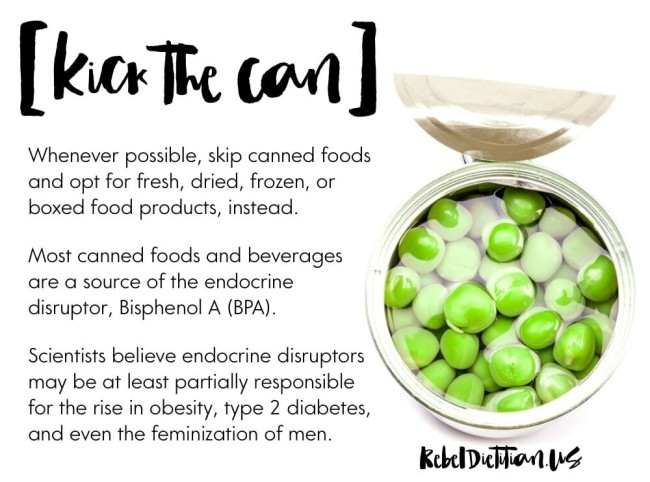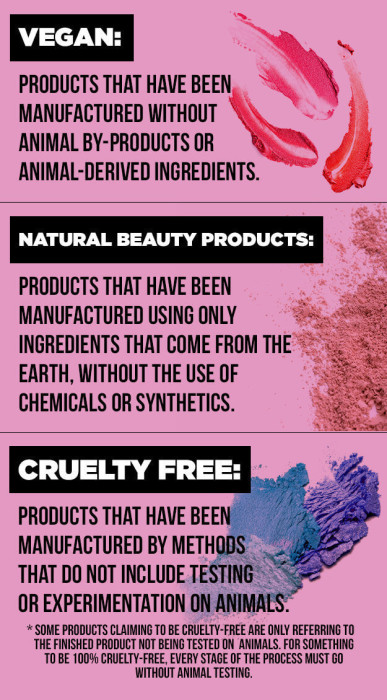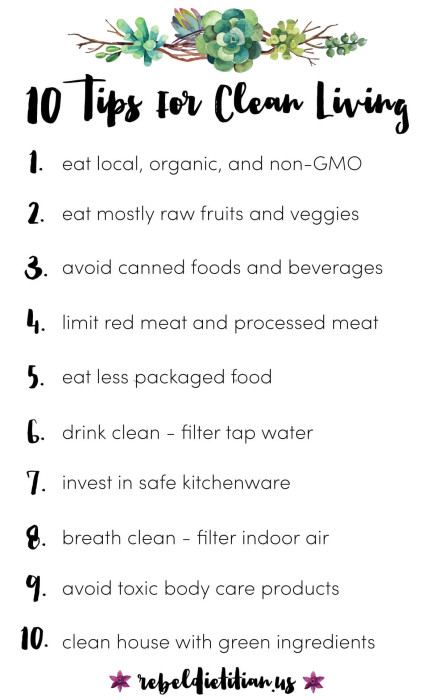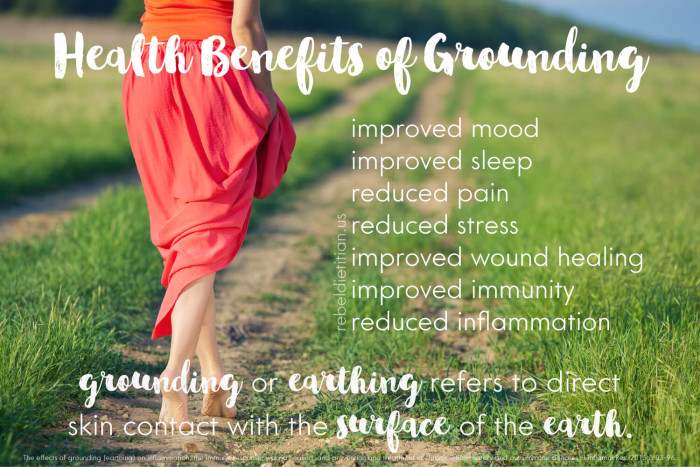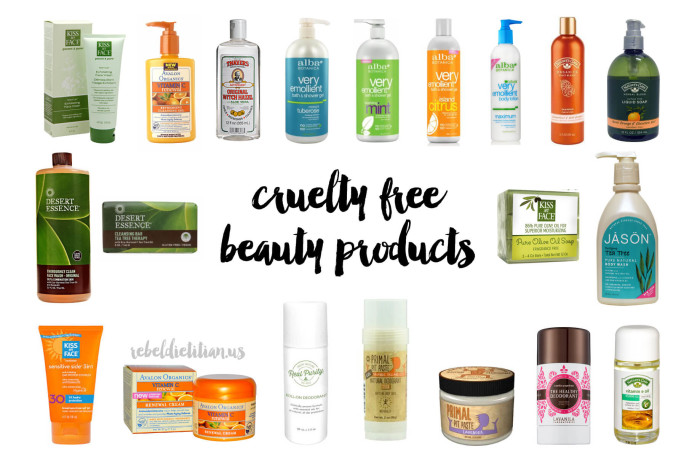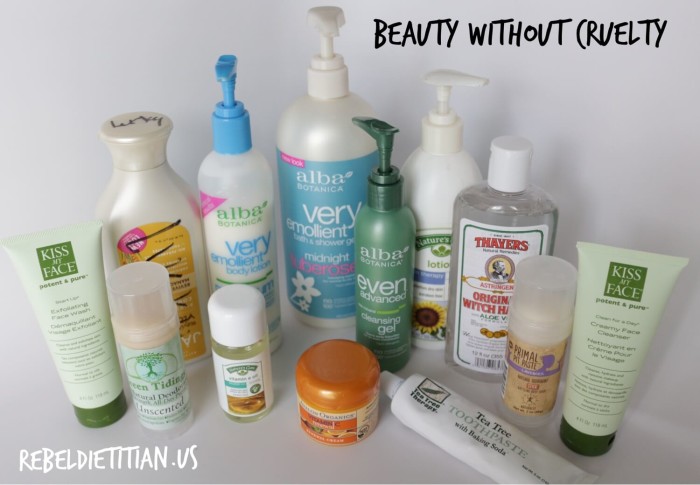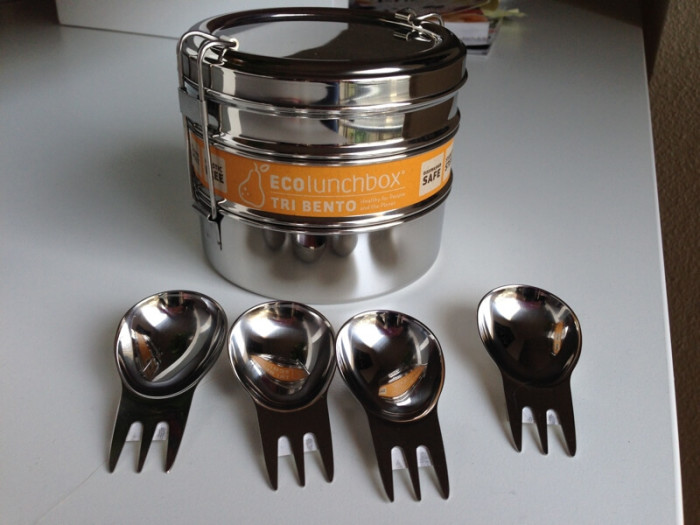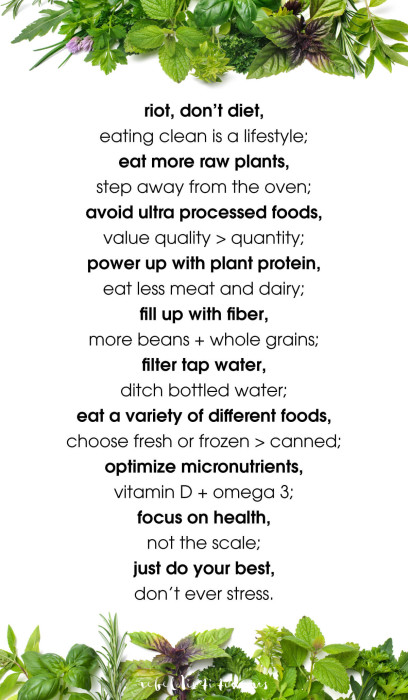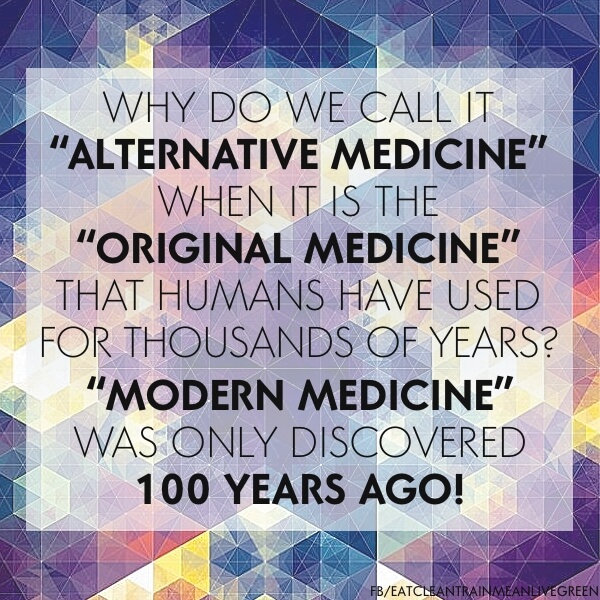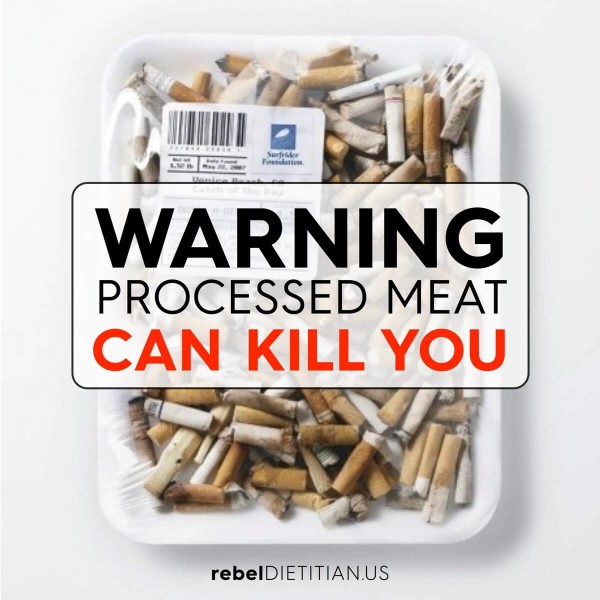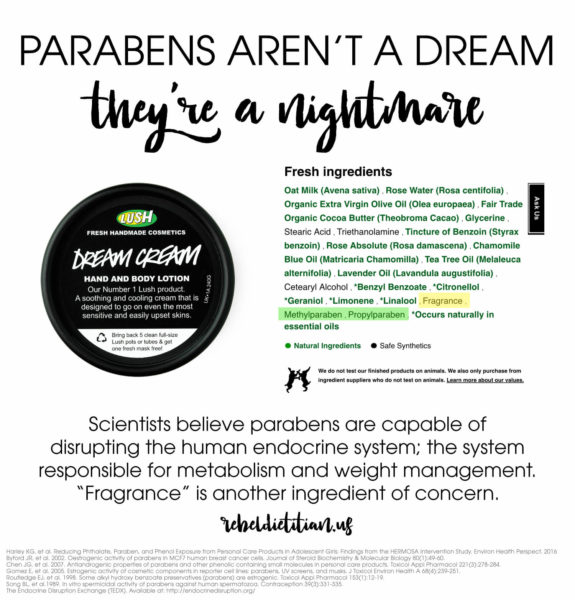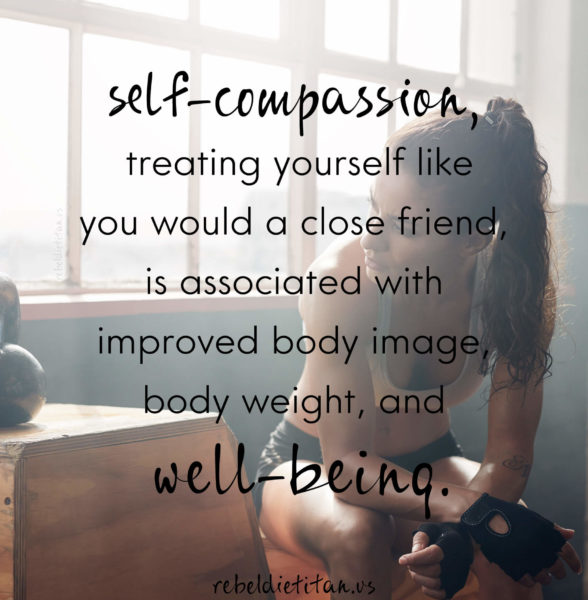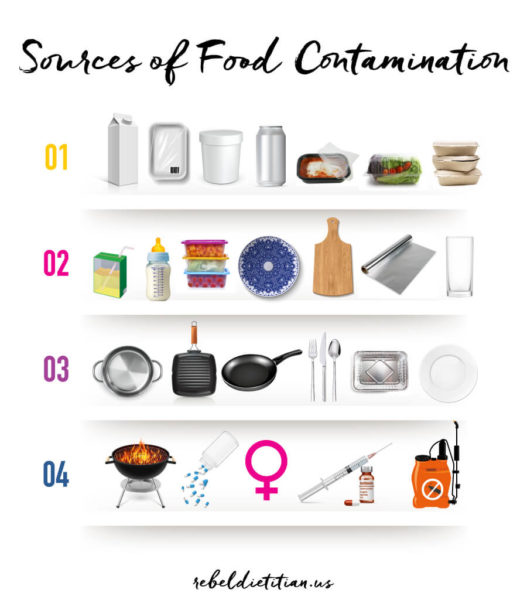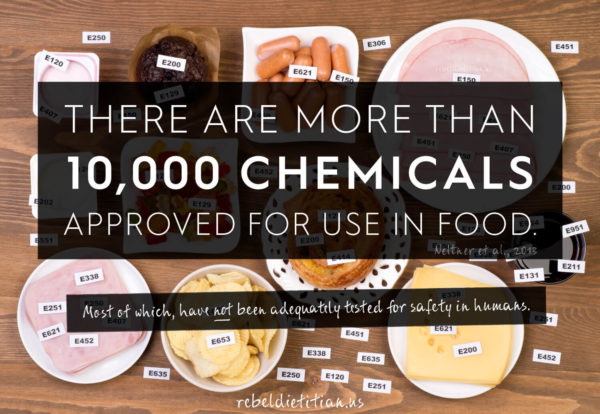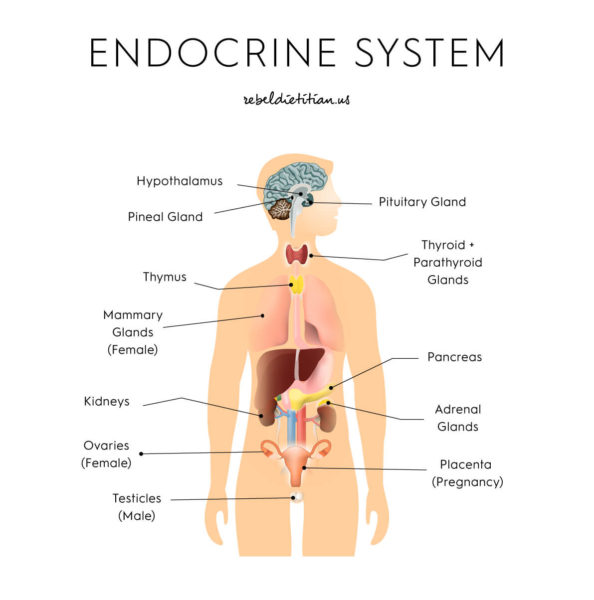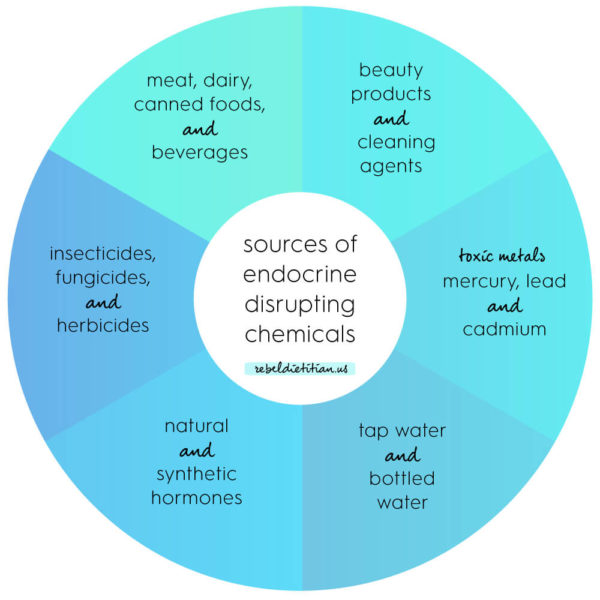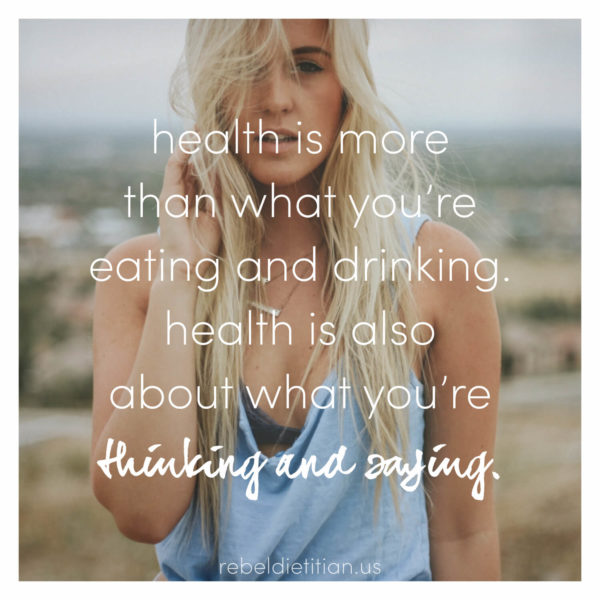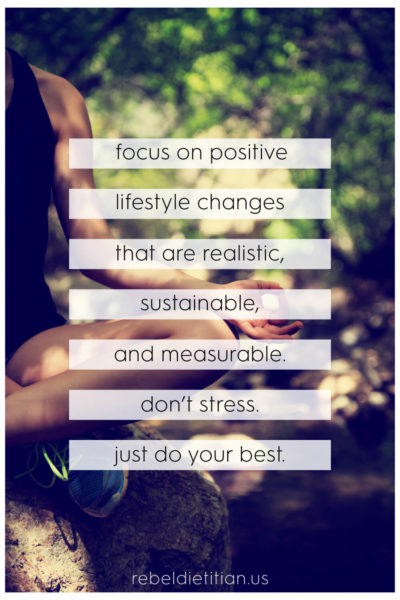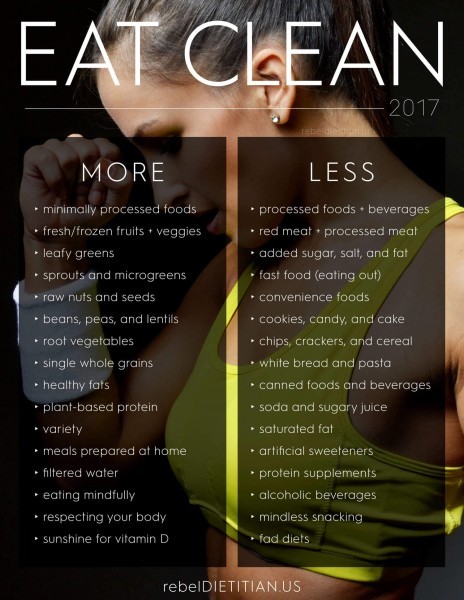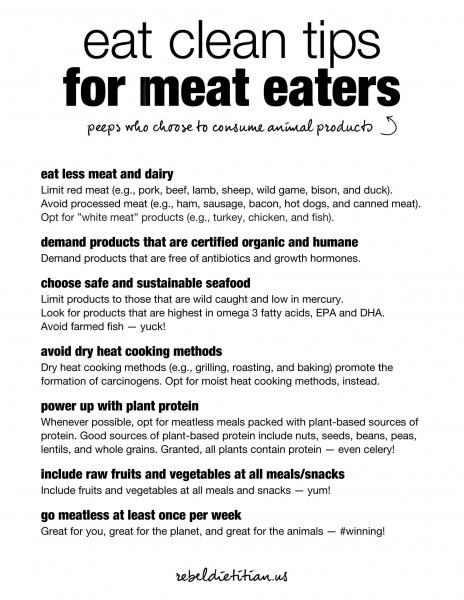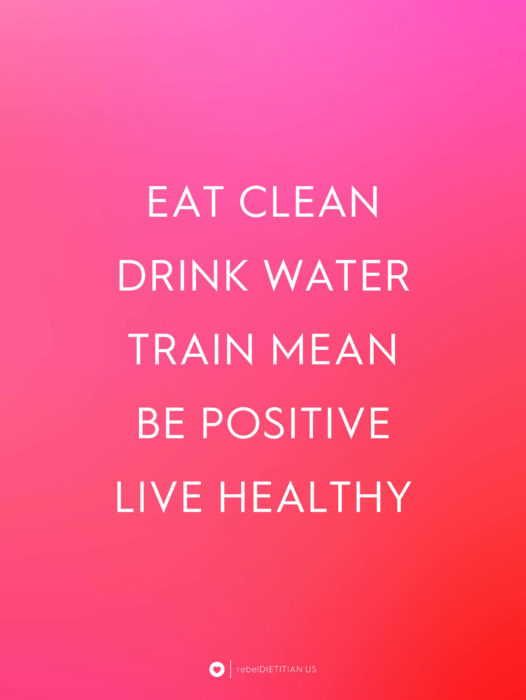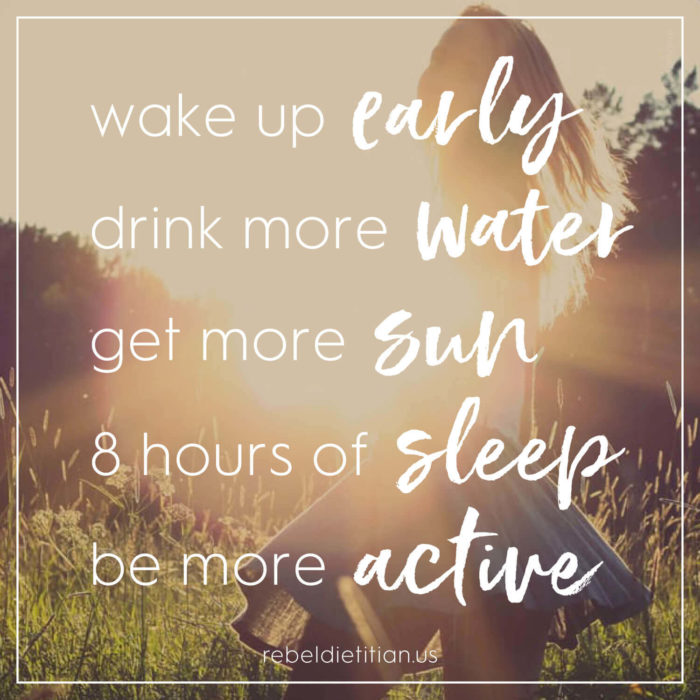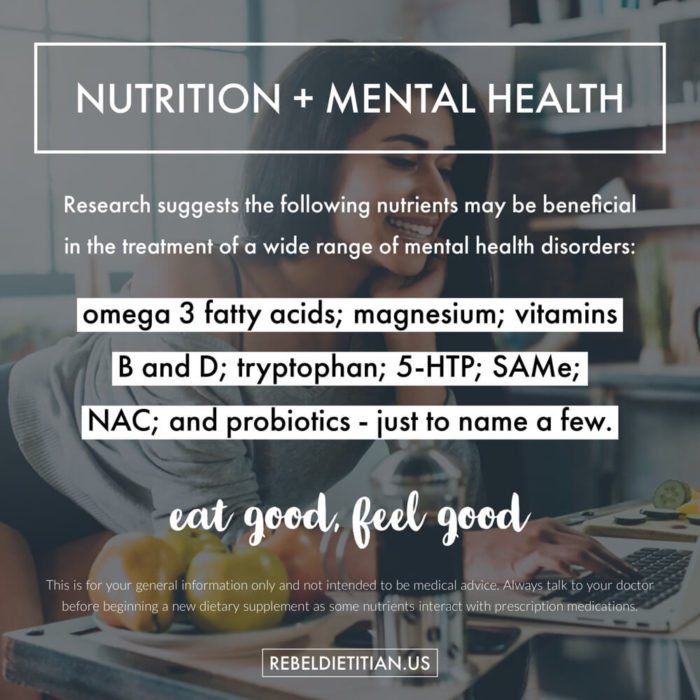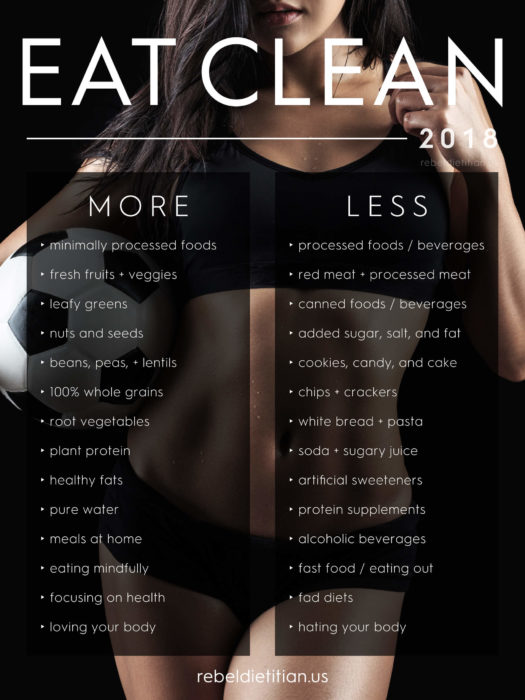“You are what you eat.”
I believe we are far more than the foods we eat. I believe we are the food we eat, water we drink, air we breathe, products we use, and the amount we move. I believe human health is intimately connected to the health of our environment.
To date, most published diet and weight loss books focus solely on traditional lifestyle factors when addressing obesity. However, the rapid rise in obesity over the last four decades simply cannot be explained by diet and exercise alone. Researchers have pointed out that even laboratory animals our and pets are gaining weight!
Increasingly, research suggests the role of non-traditional lifestyle factors such as exposure to certain environmental chemicals, inadequate sleep, and air pollution.
Chemicals are essential building blocks for everything in the world. Everything around us is a chemical. All living matter, including people, animals and plants, consists of chemicals. All food is made up of chemical substances. For example, the nutrients found in food including carbohydrate, protein, and fat are all chemical compounds.
The difference is, some chemicals — especially industrial chemicals — are incredibly toxic to both wildlife and humans. Unfortunately, humans and ecosystems are being exposed to hundreds, if not thousands, of potentially harmful chemicals each and every day. Some of which, are believed to be capable of disrupting the human endocrine system — the system responsible for human metabolism, sexual development, reproduction, and the way your body handles stress.
While most people are aware of the chemical bisphenol A (BPA) found in plastic food packaging, BPA is only one of many endocrine disruptors humans are exposed to each and every day. As of April 2016, there were more than 1,000 chemicals believed to be capable of disrupting the human endocrine system, with hundreds more just waiting to be tested.
Most of the chemicals believed to be capable of disrupting the human endocrine system are synthetic (or man-made) chemicals; however, there are some naturally occurring substances as well. Research in animals suggests a link between low-dose exposure to endocrine disruptors and chronic disease, but this relationship in humans is still not yet fully understood. The good news is, we can reduce our carbon footprint while optimizing our own health by making a few simple lifestyle changes.
Eat Clean and Green
- Choose minimally processed and unrefined foods and beverages. You can learn more about eating clean by visiting the page titled Eating Clean.
- Support local farmers who utilize sustainable agricultural practices.
- Choose organic produce, whenever possible.
- Limit exposure to toxic pesticides, insecticides, and herbicides by rinsing it well prior to eating it.
- Avoid heating edible oils. Heat — especially high heat — promotes the formation of carcinogens and mutagens in food (e.g., advanced glycation end products (AGEs)) and destroys the beneficial nutrients found in the oil (if any).
- Avoid foods stored in metallic containers (e.g., canned foods and beverages).
Eat Less Meat and Dairy
- Animal products are a leading source of environmental destruction and greenhouse gases. Meat eaters can learn more about the issues surrounding consumption of animal products via the page titled Tips for Meat Eaters.
Kick the Can
- Avoid toxic cookware, bakeware, dinnerware, glassware, and cutlery (e.g., non-stick cookware (teflon) and plastic kitchenware).
- The chemicals used to manufacturer metallic canned foods and beverages are a source of multiple endocrine disrupting chemicals including cadmium, lead, bisphenol A (BPA), and the newer bisphenols ( BPS and BPF).
- While no food contact material is without risk, stainless steel, silicone, and glass are considered better options.
Invest in Less Toxic Kitchenware
- Don’t wrap foods with aluminum foil when baking or grilling. Aluminum is a neurotoxin that leaches into food when exposed to heat, especially high heat.
- If you use parchment paper or cupcake liners to line baked goods while baking, opt for responsibly sourced products that are free of bleach and other potentially harmful chemicals.
- When buying waxed paper, look for unbleached paper that is coated with a non-paraffin wax. Soy wax is made from a renewable resource, while paraffin wax is derived from fossil fuels.
- Opt for responsibly sourced paper towels or ones made from recycled fibers, and choose the kind that has the adjustable sizes — that way you’ll be able to take just as much as you need.
Eat Local
- Although perceptions of what makes up “local food” differ by region (due in large part to varying climates, soil types, and populations), most individuals agree that it eating locally means minimizing the distance between production and consumption, especially in relation to the modern mainstream food system.
Eat Fair, Be Fair
- Fair trade is a social movement whose stated goal is to help producers in developing countries achieve better trading conditions and to promote sustainability.
- Members of the movement advocate the payment of higher prices to exporters, as well as higher social and environmental standards.
Waste Not, Want Not
- Research from the USDA finds that Americans waste an average of US $544 worth of food per person per year.
- The UN Food and Agriculture Organization (FAO) estimates that about 1/3rd of all food produced for human consumption goes to waste each year.
Drink Clean
- Avoid bottled water;
- Drink filtered tap water;
- Remove toxic contaminants normally found in tap water (e.g., fluoride and perchlorate) using an under-sink reverse osmosis (RO) water filtration system with a superior carbon filter; and
- If you drink wine, opt for products that are certified to be free of toxic metals.
Limit Exposure to Endocrine Disruptors
- Limit use of products that contain potential endocrine disrupting chemicals (e.g., bisphenol A (BPA) and phthalates).
- For example, certain beauty care products and household cleaning agents, canned foods and beverages, certain medications, plastic water bottles, and bottled water.
- Towards the bottom of this page is a photo gallery that contains several posters with additional information re: potential endocrine disruptors.
Breathe Clean
- Reduce exposure to indoor and outdoor air pollution.
- Filter indoor air using a MERV-rated air filter.
Reduce
- Opt for environmentally friendly and ethically made products
- Eat Green: Eat less meat and dairy
- Choose organic and humane certified animal products
- Reduce food waste
- Grow your own food
- Use less plastic
- Eat more meals at home
- Skip the bottled water
- Invest in safe and sustainable cookware and bakeware
- Avoid plastic kitchenware and non-stick pans and utensils
- Avoid using aluminum foil to prepare foods with heat
- Avoid buying single-use items
- Don’t buy stuff you really don’t need
- Create a shopping list and stick to it
- Rent or borrow instead of buying
- Resist the urge to buy the newest technology and gadgets every year
- Opt for goods with the least amount of packaging
- Buy in bulk
- Invest in quality products and then use them for a long time
- Get the most out of what you buy – use it up and wear it out
- Purchase products that are returnable, reusable or refillable
- Take shorter showers and don’t leave the water running while brushing your teeth
- Walk or ride your bike whenever possible
- Turn off the lights and put your computer into “sleep mode” when you leave
- Make your own cleaning supplies and beauty products (e.g. DIY peppermint toothpaste)
Reuse
Reuse is the action or practice of using something again, whether for its original purpose (conventional reuse) or a different function (creative reuse or repurposing). Reuse is different from recycling, which is the break down of used items in order to manufacture of new products. The act of reusing saves time, money, energy, and our precious natural resources.
- Invest in reusable shopping bags
- Reuse towels prior to rewashing
- Reuse glass bottles and jars
- Donate or sell your gently used clothing, shoes, toys, appliances, and furniture
- Use resealable containers rather than plastic wrap
- Use a ceramic coffee mug instead of paper cups
- Reuse grocery bags or bring your own cloth bags to the store
- Do not take a bag from the store unless you need one
Recycle
Everyday, we encounter hundreds of recyclable items. Recycling is the process of collecting and processing materials that would otherwise be thrown away as trash and turning them into new products. By recycling, we can preserve our natural resources and lessen our carbon footprint.
Benefits of Recycling
- Reduces the amount of waste sent to landfills and combustion factories
- Conserves natural resources such as timber, water, and minerals
- Prevents pollution by reducing the need to collect new raw materials
- Saves energy
- Reduces greenhouse gas emissions that contribute to global climate change
- Helps sustain the environment for future generations
- Helps create new well-paying jobs in the recycling and manufacturing industries
What can I recycle?
A lot of things (e.g. aluminum, glass, paper, cardboard, magazines, junk mail, flattened cereal boxes, plastic bottles and containers, batteries, light bulbs, electronics, and used motor oil); however, it really depends on the recycling center.
Where can I recycle?
To locate recycling resources and facilities near you, visit www.earth911.com and be sure to check out their Recycling Guides. If you live in Houston, check out the city of Houston’s recycling center and resources. The WestPark Consumer Recycling Center is an awesome drive-thru facility that accepts most recyclables.
Give Back
One way we can recycle our knowledge and experiences is by volunteering. We all have great skills that can be used to better the world around us. Please consider volunteering your time, energy, and/or skills to give back to the world around you.
Learn More
Rebel Lifestyle
To learn more about my lifestyle, visit the page titled Rebel Lifestyle.
Rebel Grub
To view photos of my grub, check out the page titled Rebel Grub.
Meal Planning
To view meal planning information, head over to the page Meal Planning.
Shopping Lists
To view shopping lists, visit the page titled Shopping Lists.
Posters and Charts
To view my posters and charts, hit up the page titled Posters.
Pinterest and Facebook
Posters and Charts
Except where otherwise noted, content on this site is licensed under a CC BY-NC-ND 4.0 license. This means you are free to use my work for personal use (e.g., save the file to your computer or share via social media) as long as you do not modify the image or use the image for commercial purposes ($).
References:
Roca I, et al. The global threat of antimicrobial resistance: science for intervention. New Microbes New Infect. 2015 Apr 16;6:22-9. doi: 10.1016/j.nmni.2015.02.007.
Calafat AM, Kuklenyik Z, Reidy JA, Caudill SP, Ekong J, Needham LL. Urinary concentrations of bisphenol A and 4-nonylphenol in a human reference population. Environ Health Perspect. 2005;113(4):391-395
Calafat AM, Ye X, Wong LY, Reidy JA, Needham LL. Exposure of the U.S. population to bisphenol A and 4-tertiary-octylphenol: 2003-2004. Environ Health Perspect. 2008;116(1):39-44
Vandenberg LN, Hauser R, Marcus M, Olea N, Welshons WV. Human exposure to bisphenol A (BPA). Reprod Toxicol. 2007;24(2):139-177
Erkin-Cakmak A, Harley KG, Chevrier J, Bradman A, Kogut K, Huen K, Eskenazi B. 2015. In utero and childhood polybrominated diphenyl ether exposures and body mass at age 7 years: the CHAMACOS Study. Environ Health Perspect 123:636–642; http://dx.doi.org/10.1289/ehp.1408417
Takeuchi T, Tsutsumi O, Ikezuki Y, Takai Y, Taketani Y. Positive relationship between androgen and the endocrine disruptor, bisphenol A, in normal women and women with ovarian dysfunction. Endocr J. 2004;51(2):165-169
Ropero AB, Alonso-Magdalena P, Garcia-Garcia E, Ripoll C, Fuentes E, Nadal A. Bisphenol-A disruption of the endocrine pancreas and blood glucose homeostasis. Int J Androl. 2008;31(2):194-200
Moriyama K, Tagami T, Akamizu T, et al. Thyroid hormone action is disrupted by bisphenol A as an antagonist. J Clin Endocrinol Metab. 2002;87(11):5185-5190
Newbold RR, Padilla-Banks E, Jefferson WN, Heindel JJ. Effects of endocrine disruptors on obesity. Int J Androl. 2008;31(2):201-208
Goodman JE, McConnell EE, Sipes IG, et al. An updated weight of the evidence evaluation of reproductive and developmental effects of low doses of bisphenol A. Crit Rev Toxicol. 2006;36(5):387-457
Grün F, Blumberg B. Perturbed nuclear receptor signaling by environmental obesogens as emerging factors in the obesity crisis. Rev Endocr Metab Disord. 2007;8(2):161-171
Vasiliu O, Cameron L, Gardiner J, Deguire P, Karmaus W. Polybrominated biphenyls, polychlorinated biphenyls, body weight, and incidence of adult-onset diabetes mellitus. Epidemiology. 2006;17(4):352-359
Lee DH, Lee IK, Song K, et al. A strong dose-response relation between serum concentrations of persistent organic pollutants and diabetes: results from the National Health and Examination Survey 1999-2002. Diabetes Care. 2006;29(7):1638-1644
Alonso-Magdalena P, Morimoto S, Ripoll C, Fuentes E, Nadal A. The estrogenic effect of bisphenol A disrupts pancreatic beta-cell function in vivo and induces insulin resistance. Environ Health Perspect. 2006;114(1):106-112
Matsumoto A, Kunugita N, Kitagawa K, et al. Bisphenol A levels in human urine. Environ Health Perspect. 2003;111(1):101-104
Goodson WH 3rd, et al. Assessing the carcinogenic potential of low-dose exposures to chemical mixtures in the environment: the challenge ahead. Carcinogenesis. 2015 Jun;36 Suppl 1:S254-96. doi: 10.1093/carcin/bgv039.
Kristen W. Smith, Irene Souter, Irene Dimitriadis, Shelley Ehrlich, Paige L. Williams, Antonia M. Calafat, and Russ Hauser. Urinary Paraben Concentrations and Ovarian Aging among Women from a Fertility Center. Environ Health Perspect. 2013 Nov-Dec; 121(11-12): 1299–1305. doi: 10.1289/ehp.1205350
Brantsæter AL, Torjusen H, Meltzer HM, Papadopoulou E, Hoppin JA, Alexander J, Lieblein G, Roos G, Holten JM, Swartz J, Haugen M. Organic Food Consumption during Pregnancy and Hypospadias and Cryptorchidism at Birth: The Norwegian Mother and Child Cohort Study (MoBa). Environ Health Perspect; http://dx.doi.org/10.1289/ehp.1409518.
Hood E. Are EDCs blurring issues of gender? Environ Health Perspect. 2005;113:A670–A677.
Stratospheric ozone depletion, ultraviolet radiation and health. World Health Organization (WHO). Retrieved February 13th 2015 via http://www.who.int/globalchange/climate/summary/en/index7.html
Solar and Ultraviolet Radiation. IARC Monographs on the Evaluation of Carcinogenic Risks to Humans. Vol 55. Lyon, France, International Agency for Research on Cancer, 1992.
Ponsonby A-L, McMichael AJ, van der Mei I. Ultraviolet radiation and autoimmune disease: insights from epidemiological research. Toxicology; 181-182: 71-78 (2002).
Annette Peters, et al. Elevated particle number concentrations induce immediate changes in heart rate variability: a panel study in individuals with impaired glucose metabolism or diabetes. Particle and Fibre Toxicology, doi:10.1186/s12989-015-0083-7
Kinney, C.A., Furlong, E.T., Zaugg, S.D., Burkhardt, M.R., Werner, S.L., Cahill, J.D., and Jorgensen, G.R., 2006, Survey of organic wastewater contaminants in biosolids destined for land application: Environmental Science and Technology, v. 40, no. 23, p. 7207-7215, doi:10.1021/es0603406.
Agarwal P, Srivastava S, Srivastava MM, Prakash S, Ramanamurthy M, Shrivastav R, Dass S. Studies on leaching of Cr and Ni from stainless steel utensils in certain acids and in some Indian drinks. Sci Total Environ. 1997 Jul 1;199(3):271-5.
Gramiccioni L, Ingrao G, Milana MR, Santaroni P, Tomassi G. Aluminium levels in Italian diets and in selected foods from aluminium utensils. Food Addit Contam. 1996 Oct;13(7):767-74.
Katz SA, Samitz MH. Leaching of nickel from stainless steel consumer commodities. Acta Derm Venereol. 1975;55(2):113-5.
Powley CR, Michalczyk MJ, Kaiser MA, Buxton LW. Determination of perfluorooctanoic acid (PFOA) extractable from the surface of commercial cookware under simulated cooking conditions by LC/MS/MS. Analyst. 2005 Sep;130(9):1299-302.
Rajwanshi P, Singh V, Gupta MK, Dass S. Leaching of aluminium for cookwares: A review. Environmental Geochemistry and Health;19 (1). 1997. 1-18.
Rajwanshi P, Singh V, Gupta MK, Kumari V, Shrivastav R, Ramanamurthy M, Dass S. Studies on aluminium leaching from cookware in tea and coffee and estimation of aluminium content in toothpaste, baking powder and paan masala. Sci Total Environ. 1997 Jan 30;193(3):243-9.
Takagi Y, Matsuda S, Imai S, Ohmori Y, Masuda T, Vinson JA, Mehra MC, Puri BK, Kaniewski A. Survey of trace elements in human nails: an international comparison. Bull Environ Contam Toxicol. 1988 Nov;41(5):690-5.
Shiue I. Urinary heavy metals, phthalates, perchlorate, nitrate, thiocyanate, hydrocarbons, and polyfluorinated compounds are associated with adult hearing disturbance: USA NHANES, 2011-2012. Environ Sci Pollut Res Int. 2015
Song Y, Chou EL, Baecker A, et al. Endocrine-disrupting chemicals, risk of type 2 diabetes, and diabetes-related metabolic traits: A systematic review and meta-analysis. J Diabetes. 2015; doi: 10.1111/1753-0407.12325.
Rancière F, Lyons JG, Loh VH, et al. Bisphenol A and the risk of cardiometabolic disorders: a systematic review with meta-analysis of the epidemiological evidence. Environ Health. 2015;14:46.
Hayes TB, Anderson LL, Beasley VR, et al. Demasculinization and feminization of male gonads by atrazine: consistent effects across vertebrate classes. J Steroid Biochem Mol Biol. 2011;127(1-2):64-73.
Hood E. Are EDCs Blurring Issues of Gender? Environmental Health Perspectives. 2005;113(10):A670-A677.
Westerdahl J, Ingvar C, Masback A, Olsson H. Sunscreen use and malignant melanoma. Int. J. Cancer. 2000;87:145–150.
Vainio H, Bianchini F. Cancer-preventive effects of sunscreens are uncertain. Scan. J. Work. Environ. Health . 2000;26:529–531.
Svobodov A, Psotov J, Walterov D. Natural phenolic in the prevention of UV-induced skin damage, a review. Biomed. Papers. 2003; 147:137–145.
Khazaeli P, Mehrabani M. Screening of sun protective activity of the ethyl acetate extracts of some medicinal plants. Iran. J. Pharm. Res. 2008;7:5–9.
Maslin, D. L. Do suncreens protect us? International Journal of Dermatology (2014). 53: 1319–1323. doi: 10.1111/ijd.12606
Krause, M., Klit, A., Blomberg Jensen, M., Søeborg, T., Frederiksen, H., Schlumpf, M., Lichtensteiger, W., Skakkebaek, N. E. and Drzewiecki, K. T. Sunscreens: are they beneficial for health? An overview of endocrine disrupting properties of UV-filters. International Journal of Andrology (2012). 35: 424–436. doi: 10.1111/j.1365-2605.2012.01280.x
C. Malsawmtluangi, Deepak Kumar Nath, Italini Jamatia, Lianhimgthangi Ralte, E. Zarzoliana, Lalduhsanga Pachuau. Determination of Sun Protection Factor (SPF) number of some aqueous herbal extracts. J App Pharm Sci. 2013; 3 (09): 150-151. DOI: 10.7324/JAPS.2013.3925
Leung AY, Foster S. Encyclopedia of Common Natural Ingredients, Used in Foods, Drugs, and Cosmetics. 2nd ed. New York: John Wiley and Sons Inc.; 1996. p. 452.
Chanchal Deep Kaur, Swarnlata Saraf. Pharmacognosy Res. 2010 Jan-Feb; 2(1): 22–25. In vitro sun protection factor determination of herbal oils used in cosmetics. doi: 10.4103/0974-8490.60586
Leung AY, Foster S. Encyclopedia of Common Natural Ingredients, Used in Foods, Drugs, and Cosmetics. 2nd ed. New York: John Wiley and Sons Inc.; 1996. p. 452.
Brook RD, Franklin B, Cascio W, Hong Y, Howard G, Lipsett M, et al. Air pollution and cardiovascular disease: a statement for healthcare professionals from the Expert Panel on Population and Prevention Science of the American Heart Association. Circulation. 2004;109:2655–2671.
Brook RD, Rajagopalan S, Pope CA, III, Brook JR, Bhatnagar A, Diez-Roux A, et al. Particulate matter air pollution and cardiovascular disease. An update to the scientific statement from the American Heart Association. Circulation. 2010;121:2331–2378.
Newby DE, Mannucci PM, Tell GS, Baccarelli AA, Brook RD, Donaldson K, et al. Expert position paper on air pollution and cardiovascular disease. Eur Heart J. 2015;36:83–93. [PubMed] This is the latest updated review of the cardiovascular health effects of air pollution.
Mustafic H, Jabre P, Caussin C, Murad MH, Escolano S, Tafflet M, et al. Main air pollutants and myocardial infarction: a systematic review and meta-analysis. JAMA. 2012;307:713–721.
Lin LY, Chen HW, Su TL, Hong GB, Huang LC, Chuang KJ. The effects of indoor particle exposure on blood pressure and heart rate among young adults: an air filtration-based intervention study. Atmos Environ. 2011;45:5540–5544.
Weichenthal S, Mallach G, Kulka R, Black A, Wheeler A, You H, et al. A randomized double-blind crossover study of indoor air filtration and acute changes in cardiorespiratory health in a First Nations community. Indoor Air. 2013;3:175–184.
Karottki DG, Spilak M, Frederiksen M, Gunnarsen L, Brauner EV, Kolarik B, et al. An indoor air filtration study in homes of elderly: cardiovascular and respiratory effects of exposure to particulate matter. Environ Health. 2013;12:116.
Lin LY, Chuang HC, Liu IJ, Chen HW, Chuang KJ. Reducing indoor air pollution by air conditioning is associated with improvements in cardiovascular health among the general population. Sci Total Environ. 2013;463:176–181.
Chuang HC, Lin LY, Hsu YW, Ma CM, Chuang KJ. In-car particles and cardiovascular health: an air conditioning-based intervention study. Sci Total Environ. 2013;452:309–313. [PubMed]
Bell ML, Ebisu K, Peng RD, Dominici F. Adverse health effects of particulate air pollution: modification by air conditioning. Epidemiology. 2009;20:682–686.
Vedal S. Does air conditioning modify the health effects of exposure to outdoor air pollution? Epidemiology. 2009;20:687–688.
Langrish JP, Li X, Wang S, Lee MM, Barnes GD, Miller MR, et al. Reducing personal exposure to particulate air pollution improves cardiovascular health in patients with coronary heart disease. Environ Health Perspect. 2012;120:367–372.
Knight, L., A. Levin, AND C. Mendenhall. Candles and Incense as Potential Sources of Indoor Air Pollution: Market Analysis and Literature Review. (EPA/600/R-01/001). U.S. Environmental Protection Agency, Washington, D.C., 2001.
Fleisch AF, Luttmann-gibson H, Perng W, et al. Prenatal and early life exposure to traffic pollution and cardiometabolic health in childhood. Pediatr Obes. 2016; doi: 10.1111/ijpo.12106.
Chen Z, Salam MT, Toledo-corral C, et al. Ambient Air Pollutants Have Adverse Effects on Insulin and Glucose Homeostasis in Mexican Americans. Diabetes Care. 2016; pii: dc151795. [Epub ahead of print]
Thiering E, Markevych I, Brüske I, et al. Associations of Residential Long-Term Air Pollution Exposures and Satellite-Derived Greenness with Insulin Resistance in German Adolescents. Environ Health Perspect. 2016; [Epub ahead of print]
Hüls A, Vierkötter A, Gao W, et al. Traffic related air pollution contributes to development of facial lentigines: Further epidemiological evidence from Caucasians and Asians. J Invest Dermatol. 2016; DOI: http://dx.doi.org/10.1016/j.jid.2015.12.045.
Pyko A, Eriksson C, Oftedal B, et al. Exposure to traffic noise and markers of obesity. Occup Environ Med. 2015;72(8):594-601.
Péter S, Holguin F, Wood LG, et al. Nutritional Solutions to Reduce Risks of Negative Health Impacts of Air Pollution. Nutrients. 2015;7(12):10398-416.
Centers for Disease Control and Prevention. Fourth Report on Human Exposure to Environmental Chemicals, 2009. Atlanta, GA: U.S. Department of Health and Human Services, Centers for Disease Control and Prevention. http://www.cdc.gov/exposurereport/
Centers for Disease Control and Prevention. Fourth Report on Human Exposure to Environmental Chemicals, Updated Tables, (February, 2015). Atlanta, GA: U.S. Department of Health and Human Services, Centers for Disease Control and Prevention. http://www.cdc.gov/exposurereport/
Agency for Toxic Substances and Disease Registry (ATSDR). Toxicological Profile for Polycyclic Aromatic Hydrocarbons (PAHs). Public Health Service, U.S. Department of Health and Human Services, Altanta, GA. 1995.
U.S. Environmental Protection Agency. Deposition of Air Pollutants to the Great Waters. First Report to Congress. EPA-453/R-93-055. Office of Air Quality Planning and Standards, Research Triangle Park, NC. 1994.
Agency for Toxic Substances and Disease Registry (ATSDR). Toxicological Profile for Toluene. U.S. Public Health Service, U.S. Department of Health and Human Services, Atlanta, GA. 2000.
Agency for Toxic Substances and Disease Registry (ATSDR). Toxicological Profile for Styrene. U.S. Public Health Service, U.S. Department of Health and Human Services, Atlanta, GA. 1992.
 Rebel Dietitian Dana McDonald, RD
Rebel Dietitian Dana McDonald, RD 